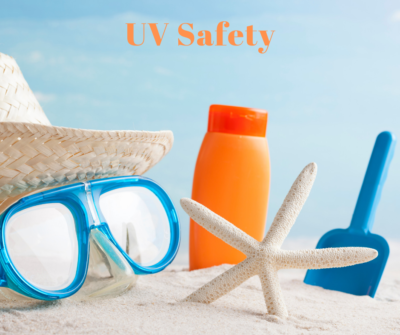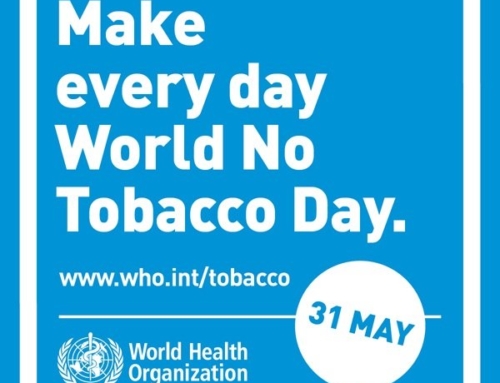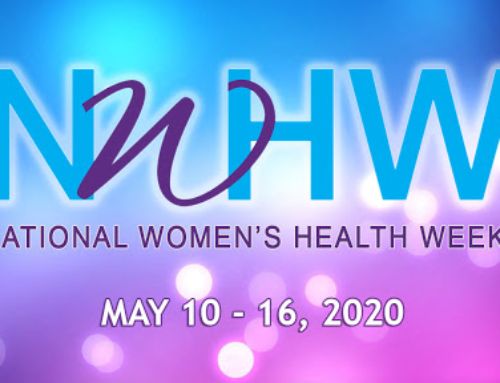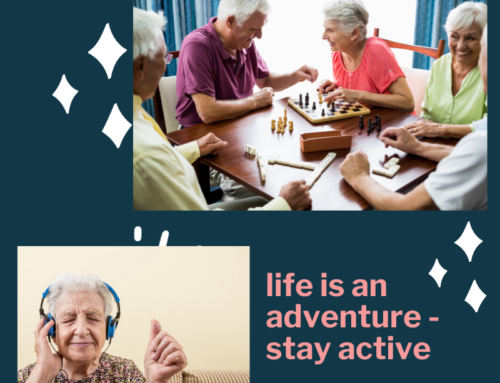Summer has arrived and is in full force with beautiful days of sunshine and warmth. There are great benefits of sunlight, including the increase of the mood boosting hormone serotonin, and it can help our skin create vitamin D which plays a big role in our bone health. However, it is important to be aware of the damaging effects of too much ultraviolet (UV) radiation exposure from the sun.
July is UV Safety Awareness Month and there are ways you can protect and reduce your risk of skin damage. First, let’s talk about our skin and how the sun can damage this vital organ. The outermost layer of our skin, known as the epidermis contains the pigment melanin which protects us from the UV rays produced by the sun (those rays can also cause us to age prematurely). Melanin is also what makes our skin darken. Prolonged and frequent exposure from those UV rays causes sunburn, damage to the deeper layers of skin, and is the main cause of skin cancer.
So, what do we really know about UV rays? The main source of ultraviolet rays is from the sun and man-made sources such as welding torches and tanning beds. There are 3 types: UVA, UVB, and UVC, also known as wavelengths. UVA is the weakest causing skins cells to age and indirect damage to our cells’ DNA. UVB have slightly more energy than UVA and damage the DNA in skin cells directly, causing sunburns and most skin cancers. UVC has more energy than the other two but thanks to the ozone in our atmosphere, they do not reach the ground and are not normally a risk for skin cancer.
Did you know it takes as little as 15 minutes in the sun to cause damage to our skin? Now it’s time to discuss great ways to reduce our risk of UV damage to our skin and practice sun safety. Think about a relaxing day at the beach, enjoying a nice breeze, toes in the sand, and water to cool you off. Seeking shade under an umbrella can bring some relief from the sun but the best way to block those damaging rays is protective clothing and sunscreen. Tight-woven fabric clothing and dark colors offer the most protection but does not block out all UV rays. There are companies that make clothing with UV protection factor (UPF) that can absorb UV rays. A hat with a wide brim can also be helpful by covering sensitive areas, such as the ears, eyes, forehead, nose, and scalp. Sunglasses are another great way to protect our eyes from UV, look for large-framed and wraparound glasses with a UV protection label.
Sunscreen! We all know how important sunscreen is when talking about sun damage, but when looking at the shelves of sunscreen, what does it all really mean? When you are choosing a sunscreen, it is important to read the label and pick ones that protect both UVA and UVB rays (broad spectrum) and that offer sun protection factor (SPF). Sun protection factor is the level of protection the sunscreen provides against the UVB rays, and the higher the number, means more protection. For example, SPF 15 filters out 93% of UVB, SPF 30 filters 97%, and SPF 100 is about 99%. You must also be aware of expiration dates to ensure effectiveness, follow the label for applying it properly, and re-apply often if you spend a lot of time in the sun. To learn more, visit: How Do I Protect Myself from UV Rays?
I hope this makes you more aware of UV radiation, how it affects our skin and what you can do to protect the beautiful skin you are in! To test your sun safety knowledge, check out this quiz: Sun Safety Quiz
Resources:
American Cancer Society
https://www.cancer.org/healthy/be-safe-in-sun.html
CDC – Skin cancer
https://www.cdc.gov/cancer/skin/basic_info/sun-safety.htm
Medline Plus – Sun’s effect on skin
https://medlineplus.gov/ency/anatomyvideos/000125.htm
 |
Brooke is a Health Educator & Systems Change Specialist with SRAHEC. She is a trained Tobacco Cessation Specialist. |







